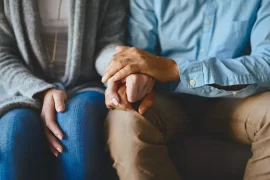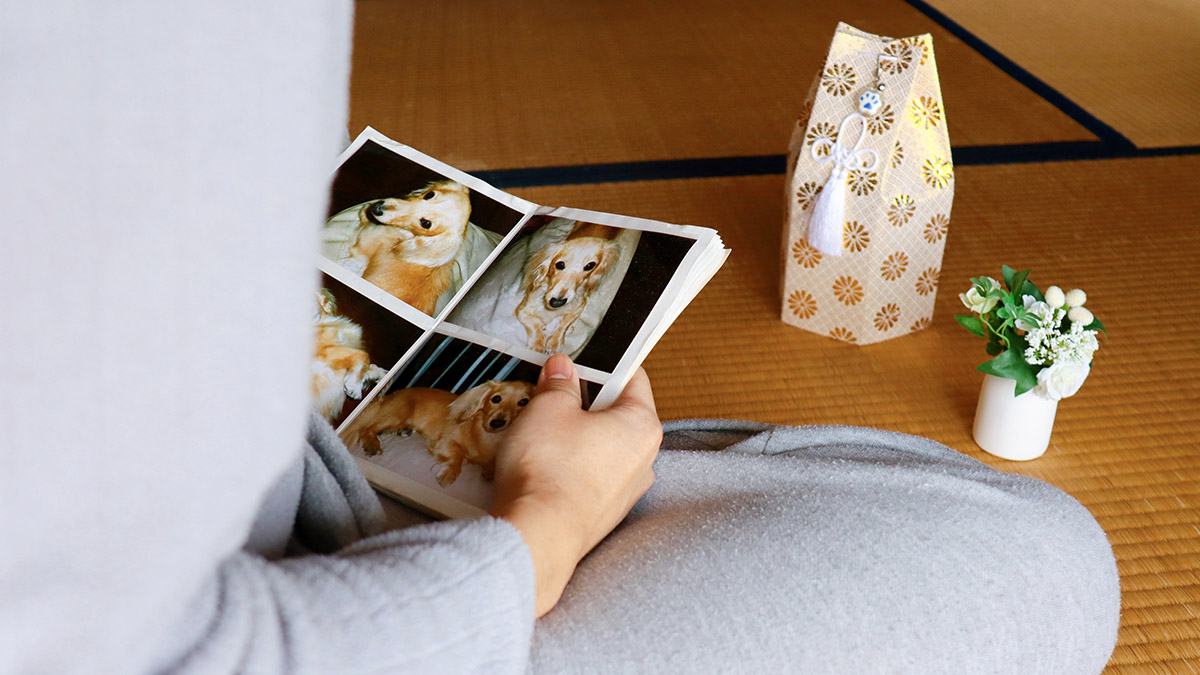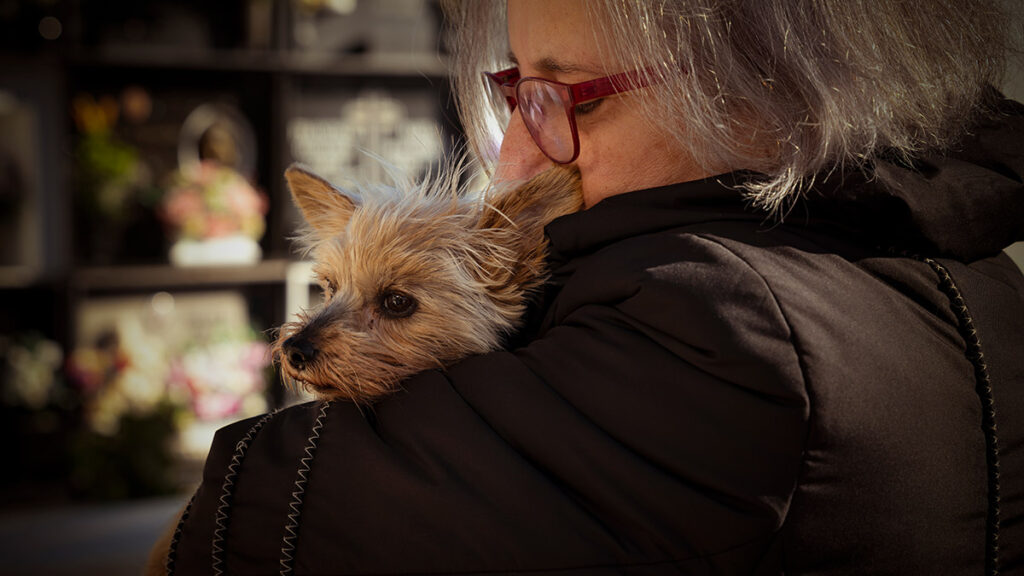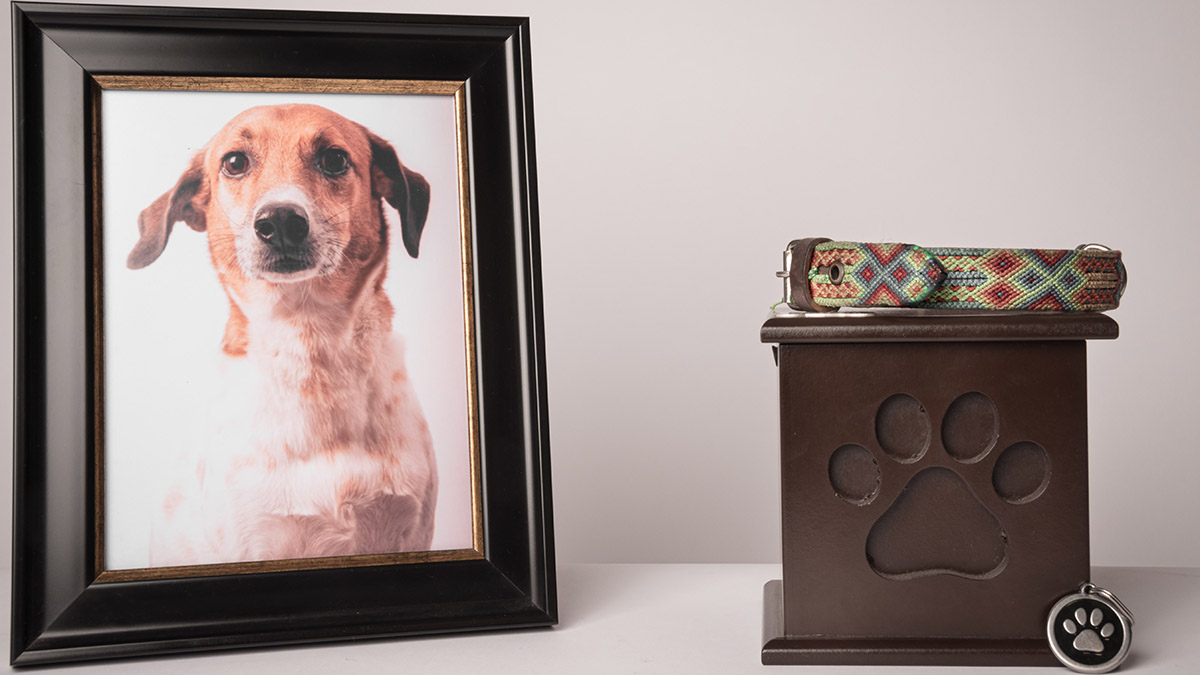The first few days after the loss of a loved one can often be met with intense grief and disorientation. In Judaism, a traditional practice known as “sitting shiva” offers a space for family and friends to grieve together and support one another while observing specific customs. Rabbi Steven Kane of Congregation Sons of Israel in Briarcliff Manor, New York, explains the rich tapestry of shiva traditions and rituals, as well as what you can expect if you are making your first shiva call.
What is the meaning of shiva?
Shiva is a Hebrew word meaning “seven,” which symbolizes the week-long period of mourning. During shiva, mourners sit low to the ground, often on special low-cut chairs.
“They sit lower to the ground to be closer, literally, to their loved one who is now buried in the ground,” Rabbi Kane explains. This practice, along with the observance of the mourning period, is referred to as “sitting shiva.”

Where is shiva held, and does it always last seven days?
Shiva is traditionally held at the home of the deceased. However, as a practical matter, it often ends up being at the home of one of the other mourners, such as a child, Rabbi Kane explains. There is no designated “host,” as the primary purpose is to visit with the mourner and provide comfort. Friends, relatives, or members of the congregation often assist in organizing it.
As with many customs, the observance of shiva can vary among individuals, with some choosing not to sit shiva or opting for a shorter period than the traditional seven days. For example, physicians who are needed by their patients may only sit shiva for three days, Rabbi Kane explains.
When does shiva begin and end?
Shiva commences immediately after the burial of the deceased. The traditional seven days of shiva, however, are understood to be both comforting and potentially overwhelming, often lasting only four to five days in practice. The day of the funeral counts as the first day, Rabbi Kane says, but on Shabbat (the Jewish Sabbath), which still counts as one of the seven days of the mourning period, shiva rituals are paused — no visitors, the mourners sit on regular chairs
[Mourners] sit lower to the ground to be closer, literally, to their loved one who is now buried in the ground.”
Rabbi Steven Kane, Congregation Sons of Israel
Who can attend shiva?
Shiva is open to anyone who wishes to pay their respects and offer condolences, and attendance is not limited to just Jewish individuals. Shiva serves as a space for collective mourning, reflecting the inclusive nature of this sacred tradition. Embracing the customs and etiquette associated with shiva can help visitors navigate this emotional time while offering solace to those who have experienced a loss.
What to expect during a shiva call
When sitting shiva, visitors should be prepared to encounter several customs and symbols that carry a profound meaning to those in mourning.
Washing of hands
When returning from the cemetery and arriving at the shiva house, all visitors are expected to wash their hands before entering. This act symbolizes washing away the difficult responsibility of burying a loved one and transitioning to the mourning stage.
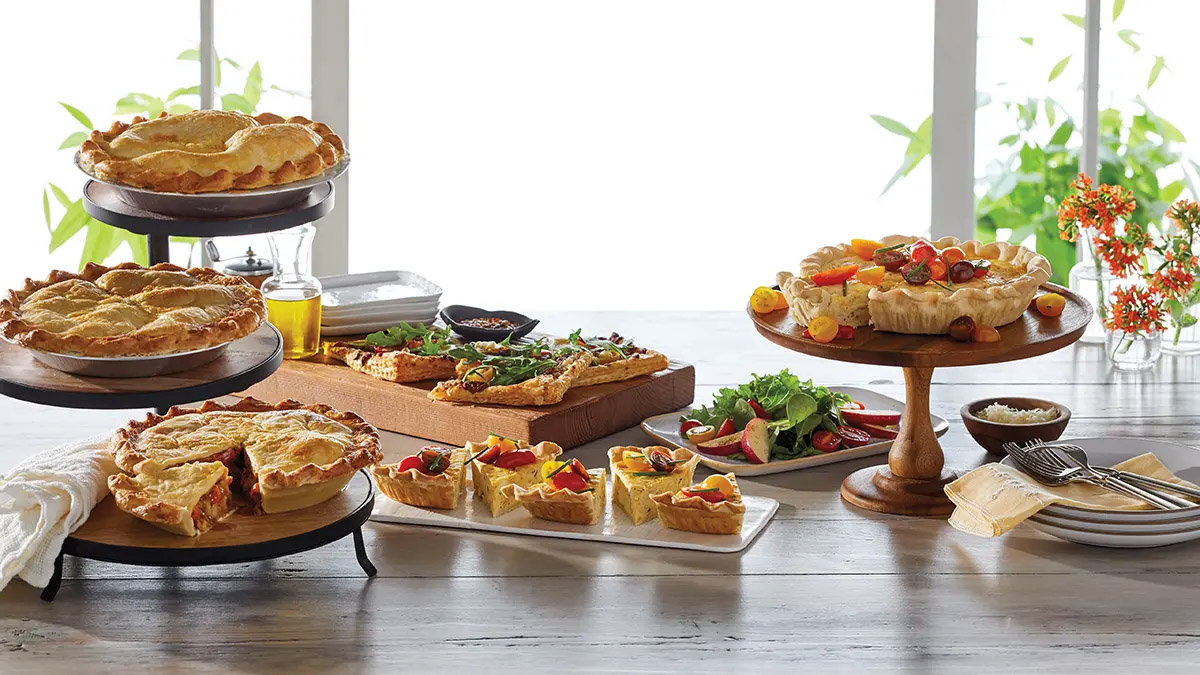
Memorial candle
A special memorial candle, called a Yahrzeit candle, is lit upon returning from the cemetery. This burns for seven days and serves as a visible symbol of remembrance for the deceased. It is placed where visitors can see it when they come to offer their condolences.
Meal of consolation
After returning from the cemetery, mourners are often served a special meal known as the “meal of consolation.” This is often organized by close friends or the congregation, Rabbi Kane says, and marks a moment of nourishment and unity, “affirming the eventual return to daily life.”
Removing shoes

Mourners typically do not wear shoes during shiva. This practice symbolizes a separation from material needs, and also connects the mourners — both physically and symbolically — to their loved one who is buried in the ground.
Covering mirrors
Mirrors in the shiva house are often covered during this period, reflecting the notion that mourners need not concern themselves with their physical appearance. This practice symbolizes a focus on inner reflection and emotional healing.
Torn black ribbon or clothing
Mourners may wear torn clothing, though today most people simply attach a torn ribbon to their clothing, explains Rabbi Kane. This symbolic act shows that “they themselves are not whole.”
Sitting shiva etiquette
Visitor etiquette during shiva varies based on the mourners’ community and preferences, explains Rabbi Kane. In traditional or Orthodox settings, offering words of comfort or sharing memories of the deceased is customary. Food or drink is rarely served, although some shiva homes may provide cookies and beverages. In non-traditional settings, food may play a more prominent role, but the primary purpose of the visit is to comfort the mourner.
Here are some general tips to keep in mind when visiting.
- Find the right time to visit. Check with friends or family to determine the appropriate time(s) to visit. Avoid visiting on Shabbat (Friday at sundown to Saturday at sundown).
- Dress appropriately. Some individuals choose to dress as if they were attending a synagogue service. Others dress informally, depending on their personal preferences and even their relationship with the mourners.
- Wash your hands. A pitcher of water, a basin, and towels are typically placed near the front door of the shiva home.
- Just walk in. The front door of the shiva home is usually left unlocked, eliminating the need for the mourners to answer the door and minimizing distractions.
- Find the mourner. Allow the mourner to initiate conversation. Offer a hug, a kiss, a handshake, or an arm around the shoulder to provide comfort.
- Talk to friends. Encountering acquaintances and friends when paying a shiva call is common. Feel free to engage in conversation with them as well. Despite the reason you’re there, many shiva calls may have a jovial atmosphere.
- Consider the length of your visit. While the appropriate duration of a shiva call varies depending on your relationship with the family, it typically lasts about an hour. Staying too long can add undue strain on the mourners, so be mindful of the length of your visit.
What to bring to shiva
While bringing gifts to shiva is not necessary, Rabbi Kane explains that many people feel offering a gesture of sympathy is appropriate. Common gifts include small boxes of cookies or pastries. However, he says that in more traditional communities, prepared meals are often planned and coordinated through the synagogue, relieving visitors of any need to bring food.
On the list of things not to bring, Rabbi Kane urges against flowers or plants. He also cautions against large meals unless previously coordinated with the family.
